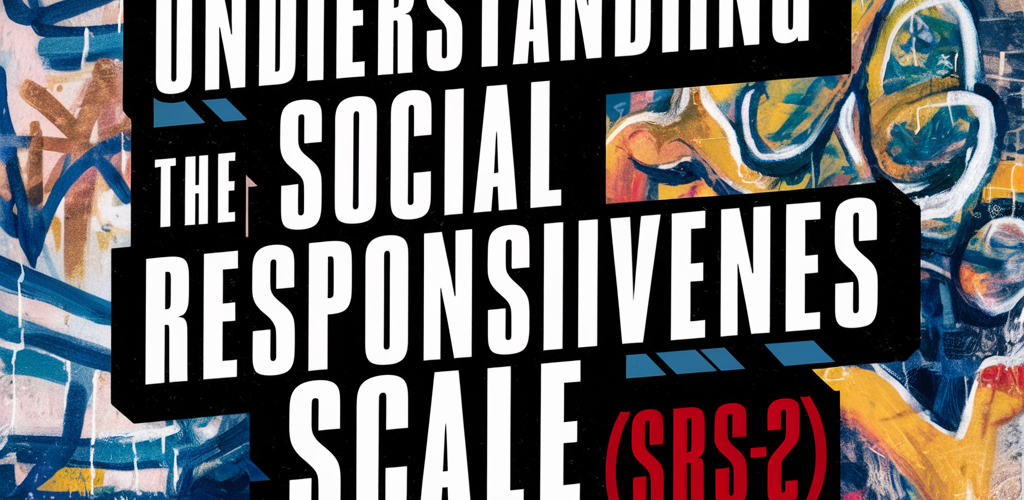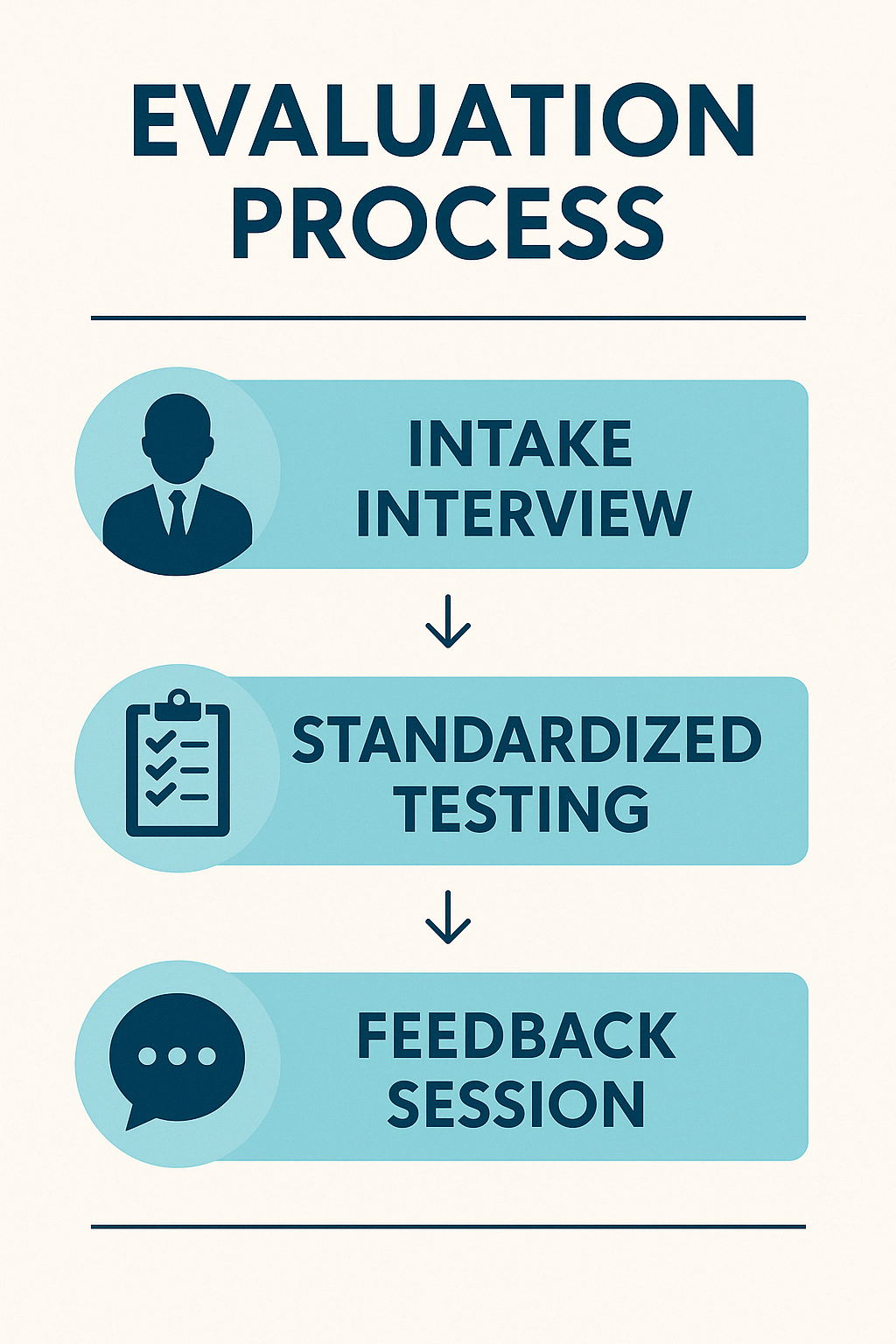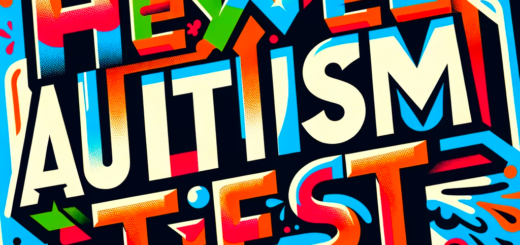Common Mistakes in SRS-2 Scoring (and How to Avoid Them)

If you have just received SRS-2 results for your child or yourself, it is completely normal to feel a mix of relief and panic. The T-scores, subscales, and cut-offs can look like a secret code, and that is exactly where mistakes start to happen.
This guide explains the most common mistakes in SRS-2 scoring, why they matter, and what to do instead. It is written for parents, autistic adults, and professionals who want clearer and more accurate interpretation.
Reminder: The SRS-2 is one piece of an autism assessment. It cannot diagnose autism by itself and it does not replace a full clinical evaluation.
For a full breakdown of score ranges and T-score bands, see the main pillar post:
https://101autism.com/understanding-srs-2-scoring-and-interpretation-for-asd/
TL;DR – Quick Summary of the Biggest SRS-2 Scoring Mistakes
- Using the wrong SRS-2 form or the wrong person to complete it
- Looking only at raw scores instead of T-scores
- Treating the SRS-2 as a yes or no autism diagnosis
- Ignoring age, gender, and context when interpreting scores
- Comparing scores from different raters as if they are identical data
- Focusing only on the Total Score and skipping subscales
- Using SRS-2 results to self-diagnose without a professional
- Forgetting to track change over time or misreading small shifts
Quick Refresher: What the SRS-2 Actually Measures
The Social Responsiveness Scale, Second Edition (SRS-2) is a 65-item rating scale that looks at social communication, social awareness, social motivation, and restricted or repetitive behaviors in everyday life.
If this is your first time hearing about the tool, start here:
- Overview of the forms, structure, and what it measures:
https://101autism.com/understanding-the-social-responsiveness-scale-srs-2/ - How SRS-2 fits among other tests like ADOS-2, RAADS-R, and AQ-10:
https://101autism.com/the-complete-autism-test-guide-understanding-your-options-in-2025/
Now we can go through the main mistakes.
Mistake 1: Using the Wrong Form or the Wrong Rater
The SRS-2 has different forms (Preschool, School-Age, Adult, Adult Self-Report) and it can be filled out by parents, teachers, partners, or the individual themselves.
Why this is a problem
- If you use the wrong age band, the norms are not appropriate
- Asking a teacher who barely knows your child to complete it can give a distorted picture
- A self-report from someone who struggles to notice their own social differences can under-report challenges
How to avoid it
- Make sure the form matches age and role (parent, teacher, adult, self-report)
- Choose someone who knows the person well across different situations
- When possible, use more than one rater (for example, parent plus teacher) and compare patterns, not just numbers
Mistake 2: Focusing Only on Raw Scores Instead of T-Scores
Families sometimes look only at the raw number at the end and assume that a higher raw score is worse, without looking at T-scores or norm tables.
Why this is a problem
- Raw scores do not show how that score compares to a large group of people of the same age and gender
- A raw score of 70 can mean something different for a preschooler and for a teenager
How to avoid it
- Always interpret SRS-2 using the T-score, not just the raw score
- Use the T-score bands (normal, mild, moderate, severe) described here:
https://101autism.com/understanding-srs-2-scoring-and-interpretation-for-asd/ - If you are not sure how the T-score was calculated, ask the clinician to walk you through it
Mistake 3: Treating SRS-2 as a Yes or No Autism Diagnosis
A very common misunderstanding looks like this:
- A high SRS-2 score means someone is definitely autistic
- A lower SRS-2 score means someone is definitely not autistic
Reality is more complex than that.
Why this is a problem
- SRS-2 measures social difficulties. These can appear in ADHD, anxiety, trauma, language disorders, and other conditions, not only autism
- A lower score does not automatically cancel out lived experience or other red flags
How to avoid it
- Treat SRS-2 as a screening and severity tool, not a stand-alone verdict
- Combine results with:
- Developmental history
- Clinical interview
- Observational tools like ADOS-2
- Other rating scales and questionnaires
For more context on ADOS-2, you can read:
https://101autism.com/ados-2-scoring-interpretation-a-comprehensive-guide/
And for a comparison of assessment tools:
https://101autism.com/comparison-of-autism-assessment-tools/
Mistake 4: Ignoring Age, Gender, and Context
Two children can have the same T-score for very different reasons.
Why this is a problem
- SRS-2 is normed. That means it is designed to consider typical scores at certain ages
- Gender, culture, masking or camouflaging, and expectations from school or home all shape how behaviors show up and how raters interpret them
How to avoid it
- Always ask:
- How does this person’s behavior compare to peers of the same age?
- Is this behavior the same at home and at school?
- If you suspect masking (hiding or overcompensating socially) is part of the picture, read more here:
https://101autism.com/autism-masking-what-it-is-why-it-happens-and-how-to-recognize-it/
Mistake 5: Looking Only at the Total Score and Ignoring Subscales
The Total Score is important, but it does not tell the whole story.
Why this is a problem
- Two people can have the same Total Score with completely different patterns
- One may struggle mostly with social communication
- Another may struggle more with restricted or repetitive behaviors or with social motivation
- If you only look at the Total Score, you miss the shape of the person’s profile
How to avoid it
- Look at each subscale:
- Social Awareness
- Social Cognition
- Social Communication
- Social Motivation
- Restricted Interests and Repetitive Behavior
- Use the subscale pattern to guide supports and interventions, not only the diagnostic label
You can find more detail on subscales and T-scores here:
https://101autism.com/understanding-srs-2-scoring-and-interpretation-for-asd/
Mistake 6: Comparing Different Raters as if They Are the Same
Parents, teachers, and self-reports often disagree. That is not a failure of the tool. It is useful information.
Why this is a problem
- A parent might see meltdowns and social burnout at home that never appear at school
- A teacher might see peer rejection or isolation that parents never see
- A self-reporting teen or adult may minimize or over-report symptoms depending on insight, stress, or mood
How to avoid it
- Expect differences between raters. Do not jump to the conclusion that one is lying and the other is correct
- Ask what these differences tell you about where and when the person struggles most
Rater differences can be very helpful when you prepare for a full assessment. For structured next steps, see:
https://101autism.com/preparing-for-an-autism-diagnostic-assessment-a-2025-guide/
Mistake 7: Using SRS-2 as a DIY Self-Diagnosis Tool
Online, people sometimes complete SRS-2 style questions they find in forums or in random PDFs and then decide that they definitely are or are not autistic.
Why this is a problem
- Self-scoring without proper norms, scoring sheets, or training can give misleading results
- It can either minimize real struggles or create panic where there is not a major concern
How to avoid it
- It is okay to notice patterns and bring them to a professional
- For adults exploring autism, start with accessible screeners and then look for a proper assessment pathway
Useful guides:
- How to get tested for autism as an adult:
https://101autism.com/how-to-get-tested-for-autism-as-an-adult/ - On self-identifying as autistic and what that means:
https://101autism.com/autism-self-diagnosis-adults/
Treat SRS-2 as data, not as a final verdict.
Mistake 8: Over-Interpreting Small Changes in Scores Over Time
Families sometimes repeat SRS-2 after therapy or school changes and expect a dramatic shift, or panic when scores barely move.
Why this is a problem
- All tests have measurement error. Small changes may not mean anything significant
- Real change can show up more in quality of life, coping strategies, and stress levels than in T-scores
How to avoid it
- Use SRS-2 to track bigger trends, not tiny month-to-month differences
- Pair it with real-life markers, such as:
- Is school less overwhelming?
- Are meltdowns shorter or less intense?
- Is the person more understood and supported?
- Always discuss results with the clinician, not only with the printed report
Mistake 9: Forgetting That SRS-2 Is Only One Piece of the Puzzle
SRS-2 is a powerful tool, but it is not a complete picture of a person.
Why this is a problem
- If everyone trusts the score more than the person’s story, important details can be missed, including trauma, ADHD, language delay, learning disorders, and anxiety
- Over-reliance on one tool can lead to misdiagnosis or delayed support
How to avoid it
- Make sure SRS-2 is part of a multi-tool assessment, ideally including:
- ADOS-2 (structured observation). For a parent-friendly breakdown:
https://101autism.com/a-parent-friendly-breakdown-of-ados-2-scoring/ - Detailed developmental history
- School reports and everyday examples
- Other questionnaires and cognitive tests
- ADOS-2 (structured observation). For a parent-friendly breakdown:
For a wide comparison of tests and pathways, see:
https://101autism.com/the-2025-autism-test-comparison-pros-cons-how-to-choose-the-right-assessment/
When to Reach Out for Professional Help
You should consider contacting a qualified clinician if:
- SRS-2 scores come back in the moderate or severe range and you are not sure what that means in everyday life
- There is a big gap between home and school ratings
- You or your child are struggling socially, emotionally, or at school or work, even if scores are called borderline or mild
For next steps and practical preparation tips, this guide is helpful:
https://101autism.com/preparing-for-an-autism-diagnostic-assessment-a-2025-guide/
FAQ: Common Questions About SRS-2 Scoring Mistakes
Q1: Can SRS-2 be wrong?
SRS-2 is not exactly wrong, but it can be misleading if the wrong form is used, if the rater barely knows the person, or if scores are interpreted without context. This is why clinicians combine it with other tools and clinical judgment.
Q2: What if my child’s SRS-2 score is high but the school says everything is fine?
This mismatch can mean your child is masking at school, or that teachers do not see what happens at home. It is a signal to have a deeper conversation, not a reason to ignore either side.
Q3: Does a normal SRS-2 score mean my child definitely is not autistic?
No. A normal score lowers the likelihood, but it does not completely rule autism in or out, especially if there is a strong developmental history or other clear signs. If you still have concerns, it is reasonable to ask for a full assessment.


